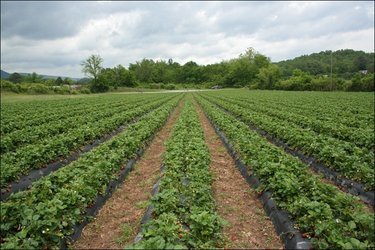The Conservation Technology Information Center (CTIC) recently released their findings on the impacts of cover crop usage. Flying in the face of conventional wisdom, the findings suggest that rather than reducing yields in exchange for their benefits, users of cover crops actually saw an increase in yields.
The practice, which involves planting cereal rye and other grasses as natural weed control and soil conservation, is a cornerstone of sustainable agriculture.
“I like to say that cover crops are like a Swiss army knife,” said Rob Myers, an agronomist from the University of Missouri, “they provide multiple tools or benefits to improve our cropping systems and even help with integrating livestock into crop production through grazing or haying opportunities.”
More than 10 million acres of American farmland employ cover crops as of 2012’s Census of Agriculture, and the acreage has continued to rise since then. Cover crops are also used in every region of the United States, from covering half of Maryland’s corn and soybean fields to Indiana and Iowa recently passing the 1 million acre mark.
“Another finding that surprised some people was the vast majority of farmers using cover crops do not receive any government payment to do so,” said Myers. “In fact, less than 10 percent of farmers using cover crops have been routinely getting paid to plant them.”
However, 92 percent of farmers who do not employ cover crops told CTIC that economic incentives influence their crop adoption decisions, and 70 percent cited insurance costs as a decision-making factor. Those are significant jumps over the current users of cover crops, 59 percent of which have never received government incentives for cover crops and half of which were not motivated by insurance costs.
“In the most recent survey, we learned that farmers who are using cover crops plan to stick with them despite lower commodity prices, counter to what some had assumed,” Myers said.
Myers is also the regional director for Extension Programs for the Department of Agriculture’s Sustainable Agriculture Research and Education Program’s North Central region, which was one of the major financial backers of the cover crop survey.
“I approached CTIC in the fall of 2012 about doing the cover crop survey because I was hearing surprising reports that farmers with cover crops had better looking corn and beans in the severe drought than next door fields with no cover crops,” said Myers. “CTIC has done a great job carrying out the survey work.”
Cover crops improve yields, survey finds




 Alerts Sign-up
Alerts Sign-up